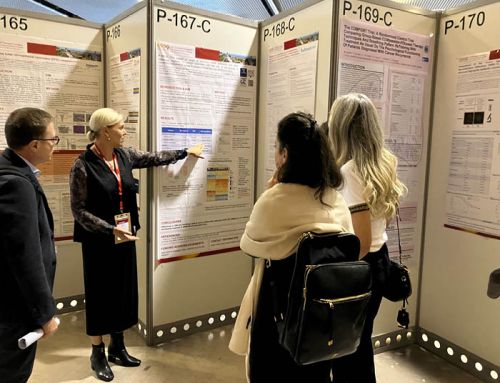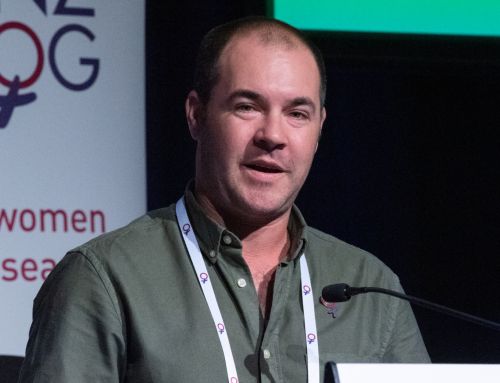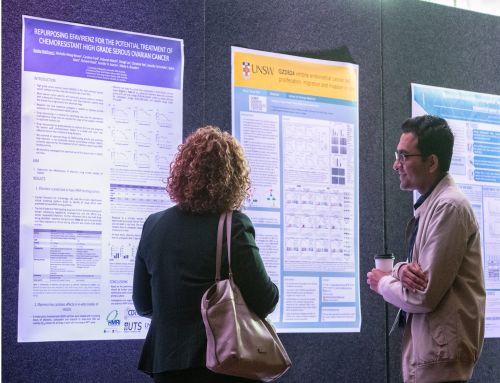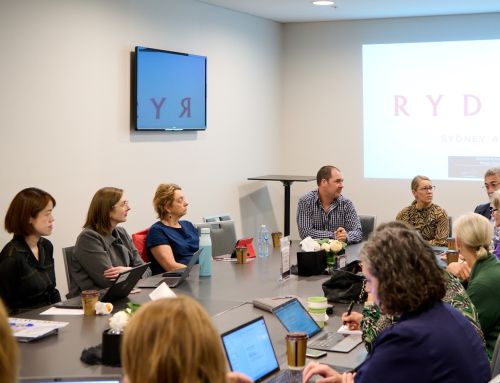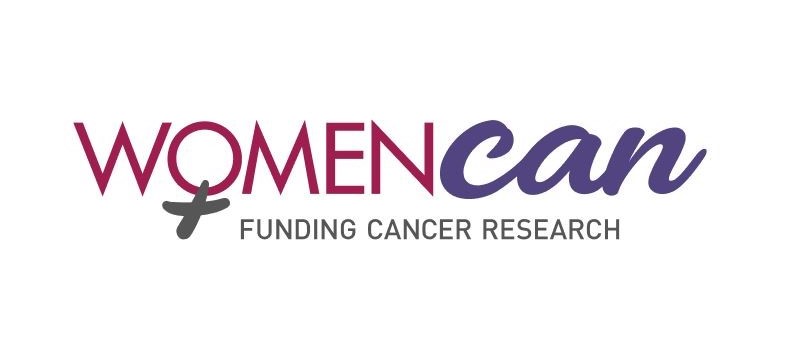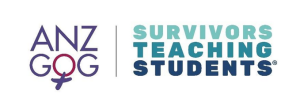ANZGOG Member, Dr Catherine Shannon, comments on a recent publication of an international ovarian cancer study that she collaborated on.
Dr Shannon is Senior Medical Oncologist at Mater Cancer Care Centre, a member of Mater Research’s Clinical Research group and Senior Lecturer University of Queensland. She is also a member of ANZGOG’s Ovarian Tumour Type Working Group and Quality Assurance Committee.
The aim of this research study is to compare the following chemotherapy regimens in order to find out which combination is more effective in preventing or delaying the spread of ovarian cancer, and which is better tolerated by patients. The two chemotherapy regimens are:
– Bevacizumab, gemcitabine, and carboplatin
– Bevacizumab, carboplatin, and pegylated liposomal doxorubicin (PLD).
Both chemotherapy regimens will be followed by maintenance treatment with bevacizumab. Carboplatin, gemcitabine and PLD are commonly used standard treatments for ovarian cancer and each has a defined mechanism of action.
Bevacizumab is a targeted anti-cancer drug that works by disrupting the blood supply to the cancer to stop or slow its growth. Bevacizumab is approved in Australia to treat recurrent ovarian cancer when used in combination with carboplatin and gemcitabine. However, it is not approved for use in combination with carboplatin and PLD. Therefore, the latter combination is regarded as investigational.
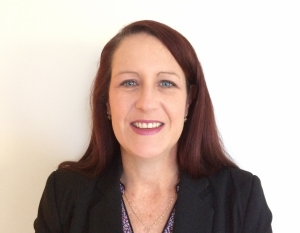
Dr Shannon is a member of ANZGOG’s Ovarian Tumour Type Working Group.
“ANZGOG should be particularly proud of the significant contribution the patients, families, investigators, and ANZGOG staff made to such an important international collaborative trial. While this is certainly a great addition to the treatment options for patients with recurrent disease and shows the manageable toxicity of the combination of carboplatin/caelyx and bevacizumab, I am mindful of the fact that in Australia Bevacizumab is not PBS reimbursed for the treatment of recurrent platinum-sensitive disease and it is always difficult to be seen to advocate an option which would necessitate patients funding the treatment themselves at significant financial toxicity. In the European context, this treatment is funded for patients.”

